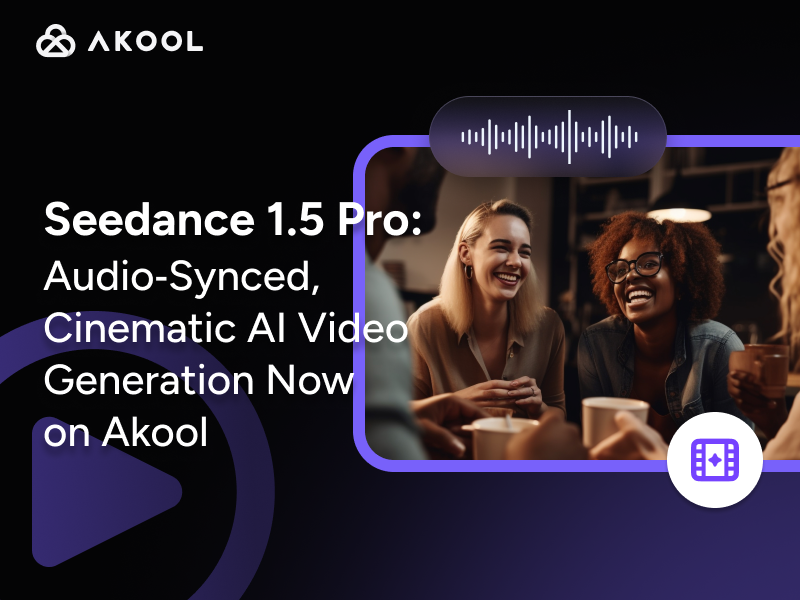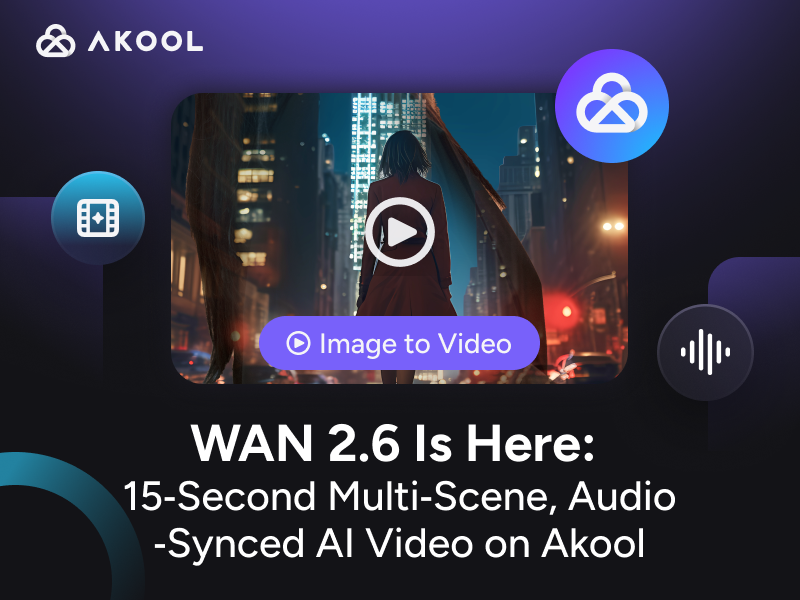Understanding Automated Translation
Automated translation refers to the use of technology, often AI-powered, to convert text or speech from one language to another without human intervention. This process leverages algorithms and large linguistic datasets to deliver translations quickly. Key capabilities include real-time translation and multilingual content creation. While it offers speed and scalability, it's essential to evaluate the context and cultural nuances for precise communication.
How to Use Automated Translation
Automated translation can be a powerful tool for creators and creative agencies looking to expand their reach across different languages and cultures. Here's how you can effectively use this technology:
1. Understand Your Needs: - Identify the type of content you need to translate (e.g., website, social media posts, marketing materials). - Determine the target languages based on your audience.
2. Choose the Right Tool: - Select an automated translation service that fits your needs. Options include Google Translate, DeepL, and Microsoft Translator. - Consider tools that offer APIs for integrating translation capabilities directly into your platforms, such as AI Translation from English to Spanish.
3. Prepare Content for Translation: - Ensure the original text is clear and free of complex jargon. - Use simple sentence structures to improve translation accuracy.
| Step | Description |
|---|---|
| Prepare Content | Ensure clarity and simplicity in your original text. |
| Implement Translation | Use tools and APIs for seamless integration. |
4. Implement Translation: - Upload your content into the translation tool. - For real-time translation needs, use plugins or APIs like Video English to German Translation that allow automatic translation on your website or app.
5. Review and Edit: - Automated translations can miss cultural nuances or context-specific meanings. - Have a native speaker or professional translator review the output to ensure accuracy and appropriateness.
6. Utilize Additional Features: - Explore features like glossary integration, which allows you to maintain consistent terminology. - Use batch processing for large volumes of text to save time.
7. Monitor and Optimize: - Regularly update your translation process by incorporating feedback from users. - Adjust your strategy based on the effectiveness of the translations in achieving your communication goals.
Automated translation offers efficiency and scalability, but it's crucial to combine it with human oversight for the best results. This balanced approach ensures that your content resonates well with diverse audiences while maintaining its original intent and tone.
Applications of Automated Translation
Automated translation has become a vital tool in various creative and business sectors. Here are some key applications:
Content Localization: Brands use automated translation to quickly adapt marketing materials, websites, and apps for global audiences. This ensures cultural relevance and market penetration. For example, Finisterre expands global reach with video translation technology.
E-commerce: Online retailers employ automated translation for product descriptions and customer reviews, enhancing user experience and expanding market reach.
Social Media Management: Automated translation helps in managing multilingual social media accounts, enabling real-time interaction with a diverse audience.
Customer Support: Businesses utilize automated translation in chatbots and help centers to provide immediate assistance across languages.
Media and Entertainment: Subtitling and dubbing processes are streamlined with automated translation, allowing for faster international content distribution. Check out AI Video Transcription Tool for efficient transcription solutions.
These applications demonstrate the versatility and efficiency of automated translation in the creative industry.
Technical Insight into Automated Translation
Automated translation systems rely heavily on two core technologies: Machine Translation (MT) and Natural Language Processing (NLP).
Machine Translation (MT):
MT systems, particularly Neural Machine Translation (NMT) models, process large datasets to translate text. These models learn linguistic patterns and structures through deep learning, enabling them to generate translations that are contextually relevant. NMT utilizes neural networks to improve translation quality over traditional statistical models.
Natural Language Processing (NLP):
NLP plays a crucial role by allowing machines to understand and interpret human language. It involves tokenizing text, parsing grammar, and managing syntactic and semantic nuances. NLP facilitates accurate word choice and sentence structure in translations.
| Technology | Functionality |
|---|---|
| Machine Translation | Uses NMT models to process and translate text effectively. |
| Natural Language Processing | Helps in understanding and interpreting human language. |
Training and Datasets:
Automated translation systems are trained on extensive bilingual corpora, comprising parallel texts in different languages. These datasets are essential for teaching models the equivalencies and variations across languages.
Real-Time Processing:
For applications like real-time translation, low-latency models are deployed. These models are optimized to process and translate input rapidly, often employing advanced algorithms to ensure fluid and seamless communication.
Understanding these technical components is vital for comprehending how automated translation systems achieve efficiency and accuracy in multilingual contexts.
Useful Statistics on Automated Translation
Automated translation has become a crucial tool for creators, developers, and creative agencies aiming to reach a global audience. Here are some pertinent statistics that highlight its growing significance:
- Market Growth:
- The global machine translation market was valued at approximately $983.3 million in 2022 and is expected to reach $3.6 billion by 2030, growing at a CAGR of 17.2% during the forecast period.
Explanation: This rapid growth indicates the increasing reliance on automated translation solutions across various industries, driven by the need for quick, accurate, and cost-effective translation services.
Usage in Businesses:
- Over 60% of businesses report using automated translation tools to facilitate communication with international clients and partners.
Explanation: This statistic underscores the widespread adoption of these tools in the business sector, highlighting their role in enhancing communication and expansion into new markets.
Accuracy Improvements:
- Recent advancements in neural machine translation (NMT) have increased the accuracy of automated translation systems by up to 25% compared to previous statistical machine translation (SMT) methods.
Explanation: The improvement in accuracy makes automated translation more reliable for businesses, reducing the need for extensive human post-editing and increasing efficiency.
Multilingual Content Demand:
- According to a 2023 survey, 75% of online consumers prefer to purchase products in their native language, emphasizing the importance of multilingual content.
- Explanation: This trend highlights the necessity for automated translation services to cater to consumer preferences, thereby boosting engagement and sales for businesses.
These statistics not only demonstrate the growing importance of automated translation but also emphasize its potential to enhance communication, streamline operations, and expand market reach for creators, developers, and creative agencies.
Frequently Asked Questions about Automated Translation AI Service
What is Automated Translation AI and how does it work?
Automated Translation AI is a technology that uses artificial intelligence to translate text from one language to another. It works by analyzing the source text and generating an equivalent text in the target language, maintaining the original meaning and context.
How accurate is AI-powered translation compared to human translation?
AI-powered translation has significantly improved in accuracy over recent years, often achieving high levels of precision for many languages. However, human translation may still be superior for complex texts or nuanced content where cultural context is crucial.
Which languages are supported by the Automated Translation AI service?
Our Automated Translation AI service supports a wide range of languages, including popular ones like English, Spanish, French, Chinese, and many more. The list of supported languages is continually expanding to accommodate global users.
Can Automated Translation AI handle industry-specific terminology?
Yes, Automated Translation AI can be trained to understand and accurately translate industry-specific terminology, ensuring that technical jargon is correctly interpreted and translated.
Is the Automated Translation AI service suitable for real-time translation?
Our service is designed to support real-time translation, making it ideal for applications such as live chats, customer support, and instant messaging where immediate translation is required.
How does Automated Translation AI ensure data privacy and security?
We prioritize data privacy and security by employing advanced encryption techniques and strict access controls to protect your information throughout the translation process.
Can I integrate Automated Translation AI into my existing applications?
Yes, our Automated Translation AI service offers flexible APIs that can be easily integrated into your existing applications, allowing seamless translation capabilities within your workflows.
What are the benefits of using Automated Translation AI for businesses?
Businesses can benefit from Automated Translation AI by reducing translation costs, improving communication with international clients, and increasing efficiency in multilingual content management. Check out our AI Video Transcription Tool for more efficient solutions.




